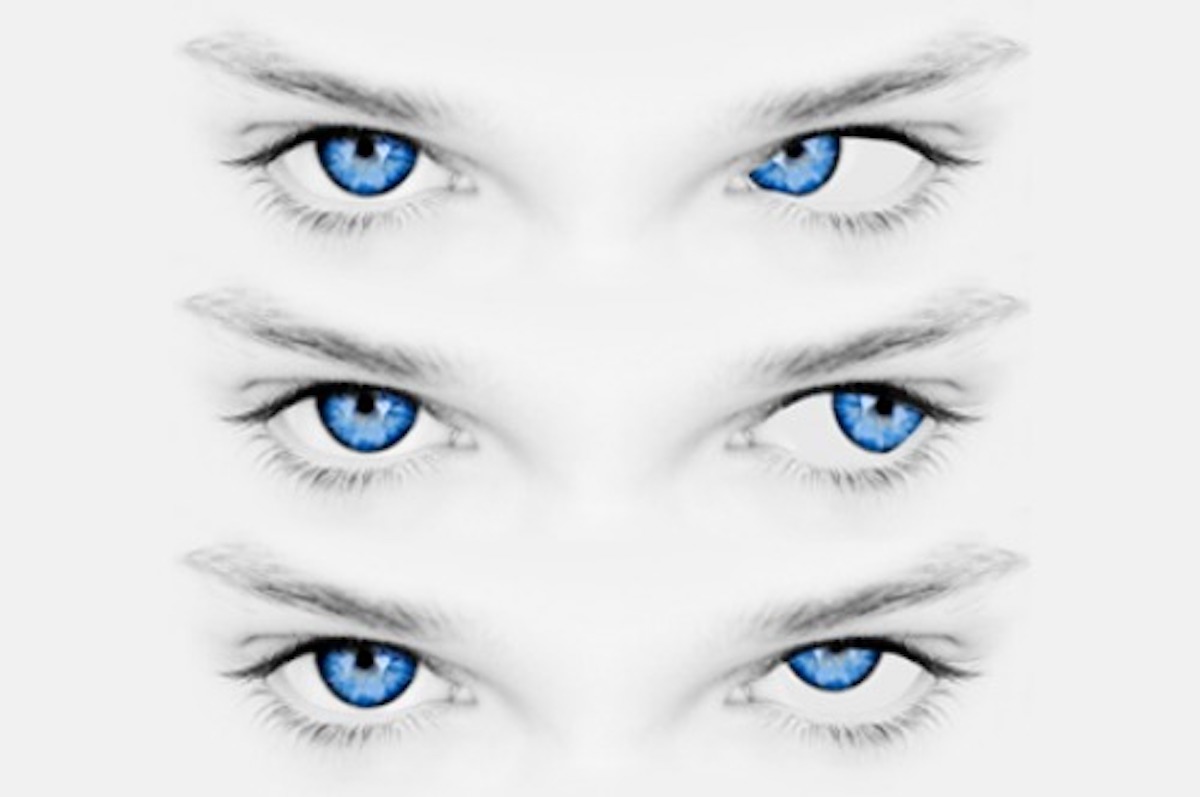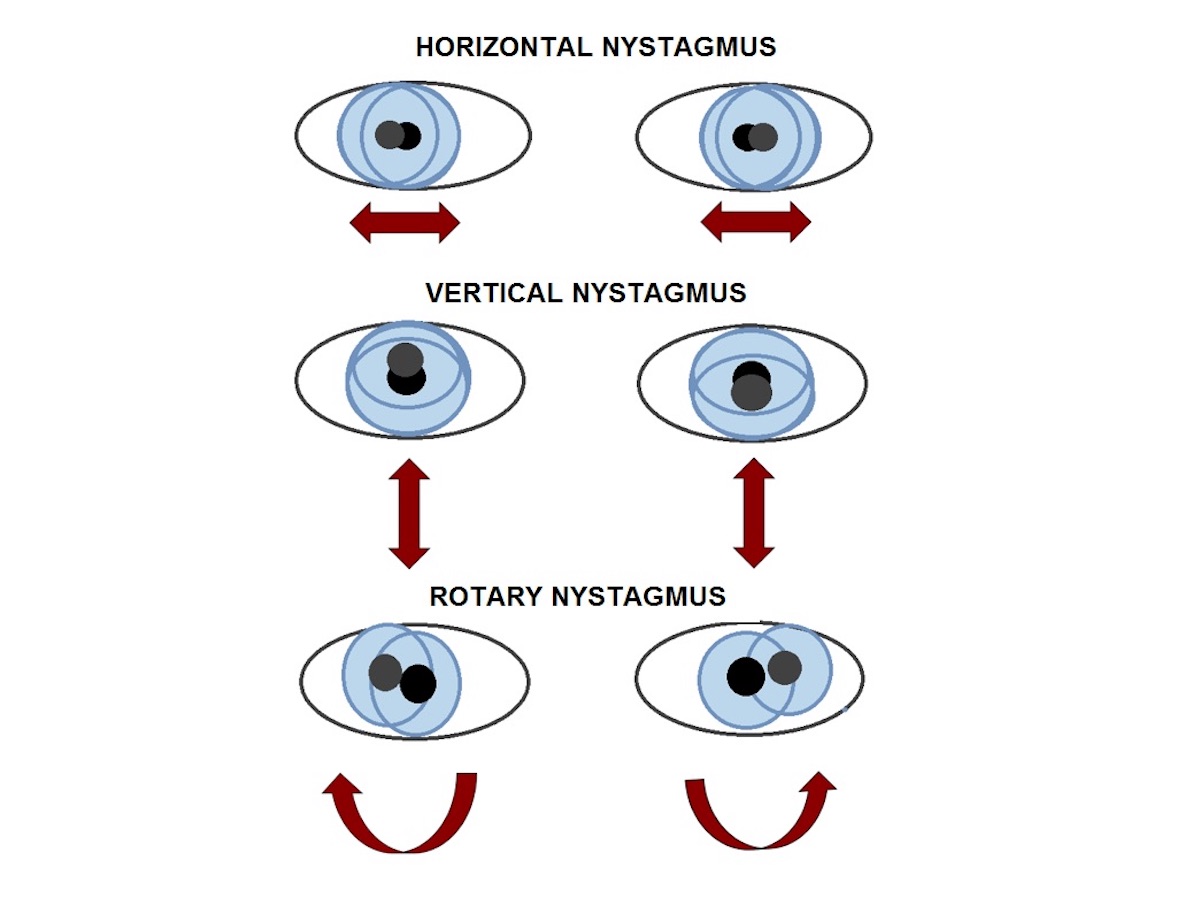Nystagmus, “Dancing Eyes Syndrome”

Nystagmus is a medical condition of the eyes that causes those with it to experience repetitive and uncontrolled movements of the eye (either up and down, side to side, or in a circular motion). Individuals with Nystagmus often experience vision problems, reduced depth perception, balance, and co-ordination. In order to improve their ability to see, individuals with Nystagmus often tilt their heads or nod in order to try to better view objects. The most common cause of Nystagmus is a neurological problem.

This neurological problem can either be present at birth or acquired later in life, usually in early childhood, or due to a stroke or other trauma. Although there is currently no cure for nystagmus, some with the disease find that certain things do help, such as wearing glasses, reading large-print books, or using brighter lights. Luckily, for some, it improves on its own. In rare cases, surgery is done on the eyes in order to alter the position of the muscles that allow for the eyes to move. However, the surgery does not actually cure nystagmus. Instead, it can lessen the need for an individual to have to move or turn their head.
More from Things Health
-
Signs and Symptoms of Liver Damage
There are a variety of different causes of liver damage. For some, it is caused by genetics, making an individual prone to it, exposure to…
-
Visual Signs of Poor Health That Should Not Be Ignored
We often think that being diagnosed with an illness such as diabetes, heart disease, stroke or cancer as something that happens out of the blue.…
-
10 Common Symptoms of Having an Anxiety Disorder
What is normal? Sometimes it is difficult to determine when getting nervous or anxious is a normal feeling, and when you might have an anxiety…
-
The Most Common Causes of Atrial Fibrillation
Atrial fibrillation, Afib, is an abnormal heart rhythm, also known as an arrhythmia. Atrial fibrillation is described as rapid and irregular beating of the atrium,…
-
The Most Common Symptoms of Fibromyalgia
Fibromyalgia affects almost six million Americans. It is a pain disorder that influences the musculoskeletal system and alters the way that pain is processed by…






